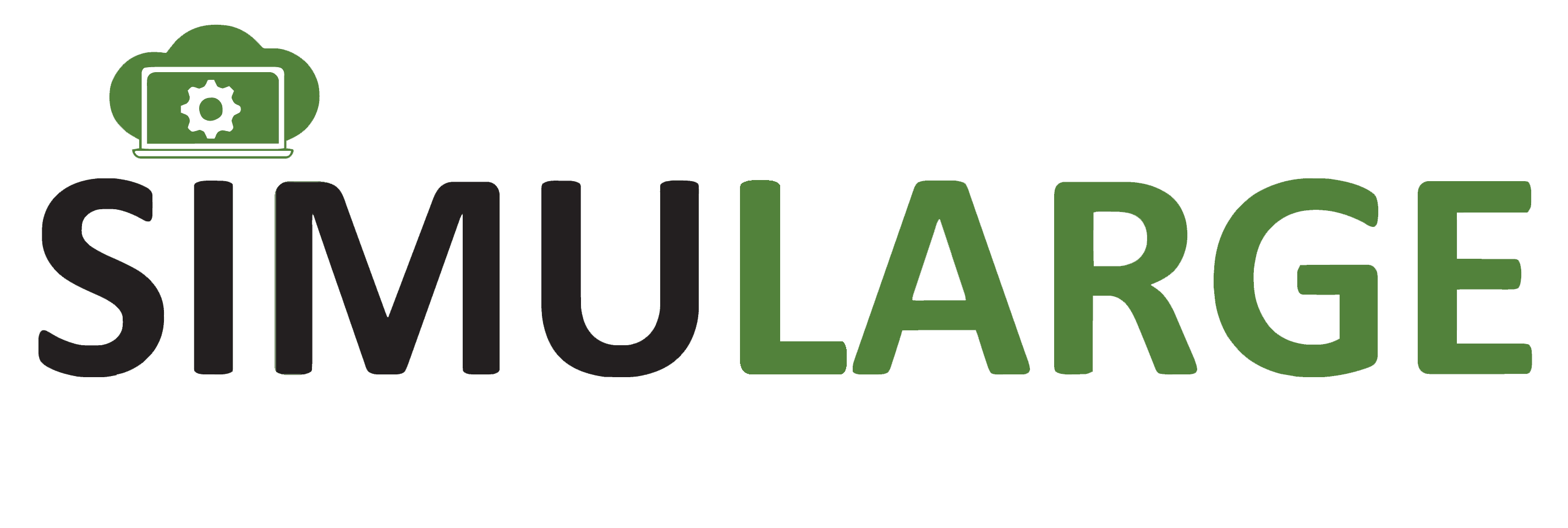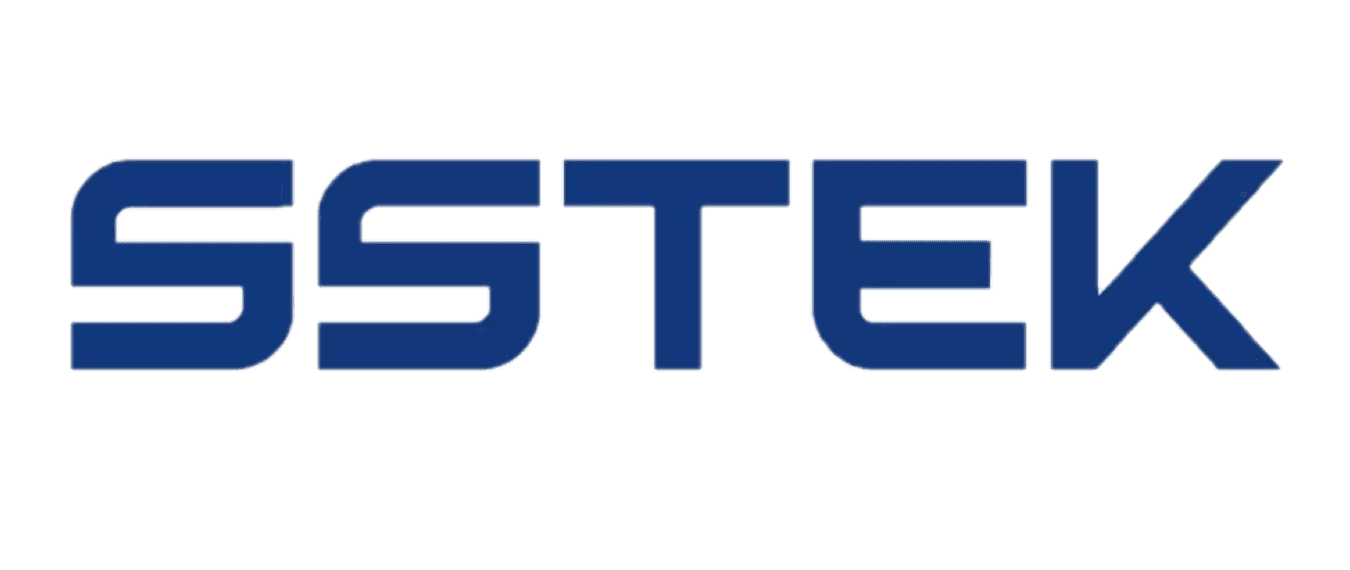SUMMARY
Digital twins offer virtual simulations to optimize mold design and production in thermoforming, reducing plastic waste. By streamlining processes, identifying bottlenecks, and monitoring equipment, digital twins improve efficiency. Additionally, they help in designing recyclable products, minimizing environmental impact.
INDUSTRY
Thermoforming Industry, Appliances, Automotive
Heating a plastic sheet and pulling it into shape may sound simple, yet every thermoforming line juggles soaring raw material prices, strict sustainability targets, and customers who expect flawless parts at tight margins. Traditional trial‑and‑error setups and gut‑feel tweaks can’t keep up. That’s why more plants are turning to plug‑and‑play digital twins—drop‑in solutions that connect to your existing PLC, learn from live data, and start paying for themselves within weeks.
1 | Why Thermoforming Needs a Plug‑and‑Play Approach
Full‑scale digital‑transformation projects often stall because they demand months of integration and scarce data‑science talent. A pre‑configured Thermoforming Digital Twin removes that barrier:
Drops straight onto the line—one Ethernet cable to the PLC, optional internet link for cloud analytics.
Streams data within hours, surfaces insights in days.
Requires zero custom coding and no production downtime.
2 | What Exactly Is a Plug‑and‑Play Digital Twin?
Simularge’s Thermoforming Digital Twin ships with heater, vacuum, and material models already built in. Once connected, it:
Ingests live machine data —heater set‑points, pyrometer readings, vacuum levels, ambient conditions.
Runs a hybrid physics + AI engine to predict sheet temperature, wall‑thickness distribution, and part quality in real time.
Generates optimization recipes for heater zones, vacuum timing, and cycle parameters that cut plastic, kWh, and scrap.
Delivers insights via a browser dashboard, Andon screen, or API—no software install needed.

3 | Five Concrete Wins of the Thermoforming Digital Twin
Benefit | How it works | Typical Pay‑off |
|---|---|---|
Material Savings | AI + physics recommend the thinnest safe wall profile | 5–15% plastic cut → $100 k’s/yr |
Faster Setups | First‑shot parameters derived from historical twin data | Changeovers 30–50% faster |
Energy Optimization | Predictive heater control finds lowest‑kWh recipe | Up to 25% electricity saved |
Cycle-time Boost | Identifies non‑value‑adding dwell times | Throughput ↑ 5–10% |
Rapid ROI | Drop‑in install, results in weeks | Payback < 6 months |
Case spotlight — Beko*
By deploying Simularge’s plug‑and‑play twin on a refrigerator‑liner line, Beko achieved more than 95% accuracy in temperature prediction, cut scrap by 50%, saved 10% raw material, and reduced annual costs by €2 million—a success featured in Beko’s 2023 Sustainability Report.
4 | How to Get Started—With Zero Disruption
Remote/On‑site survey – verify PLC access and sensor inventory.
Connect the mini‑server – single Ethernet to PLC; optional internet for cloud functions.
Auto‑calibration – the twin ingests a few shifts of data, aligns the model, and flags sensor issues.
Advisor mode – operators receive real‑time recommendations; managers monitor KPIs on the web dashboard.
Scale across lines/plants – clone the proven setup wherever needed.
5 | Conclusion—Thermoforming 4.0 Is Plug‑and‑Play
Digital twins have moved from R&D labs to profit‑driving drop‑ins. By blending deep engineering knowledge with real‑time data, Simularge’s Thermoforming Digital Twin delivers double‑digit cuts in plastic, energy, and setup time—without a months‑long IT project. Plants that adopt now will lead on sustainability, quality, and margin; those that delay risk competing on price alone.







